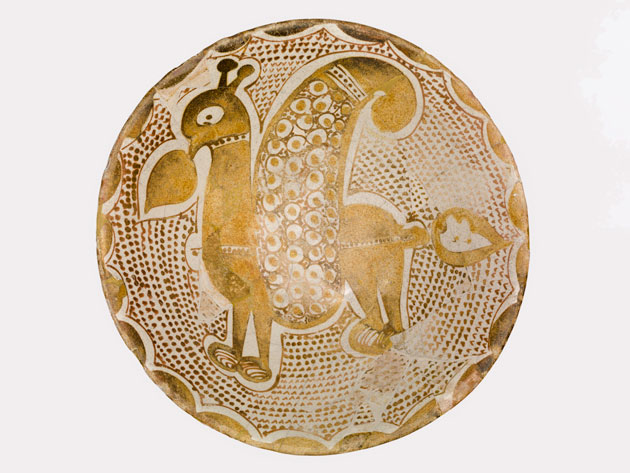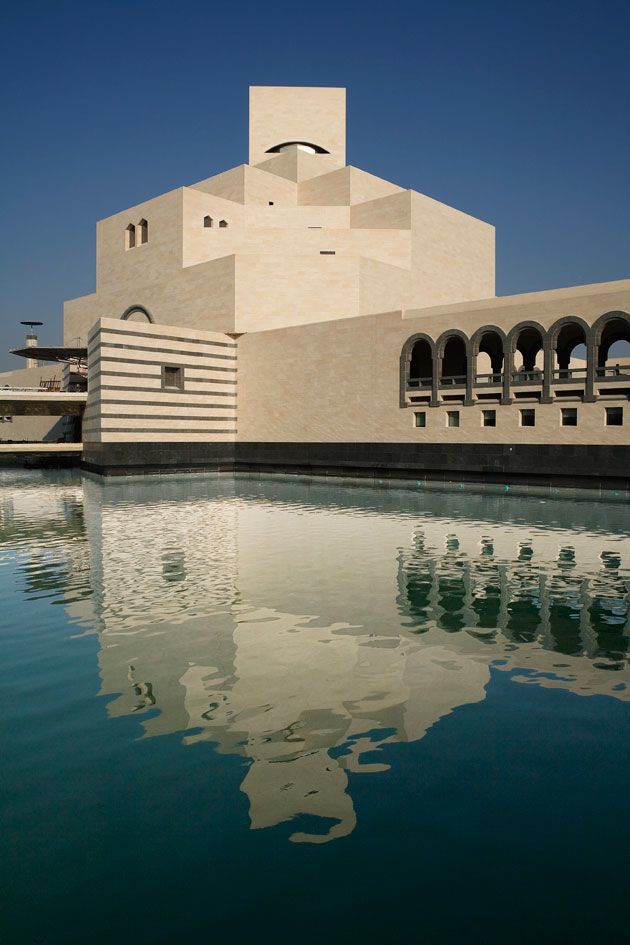
The Museum of Islamic Art (MIA) in Doha represents an accomplished balance between content and container. Inaugurated in 2008 and soon transformed into the most celebrated landmark of the Qatari capital, this ziggurat-like building of staggered cubes, designed by archistar I.M.Pei, ignores the megalomaniac ambitions of the overlooking skyscrapers and evokes, instead, a gentle, human-scaled dimension. Even its permanent collection shares the same values of prestige and accessibility, offering an instructive yet intriguing introduction to Islamic art for the numerous, unaware, Western visitors who see the museum for the first time.
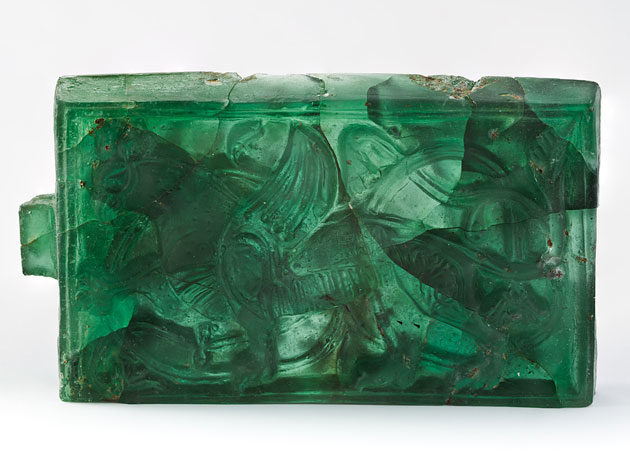
Collected from Afghanistan to Spain, with a prevalence of pieces from Iran, Turkey, and Morocco, MIA gathers Islamic artworks dating from 7th to 19th century. The different artefact typologies correspond to the museum’s sections, which are divided between ceramics, metal works, textiles, patterns, astrolabes, and calligraphy, thus representing the major themes of this specific art tradition.
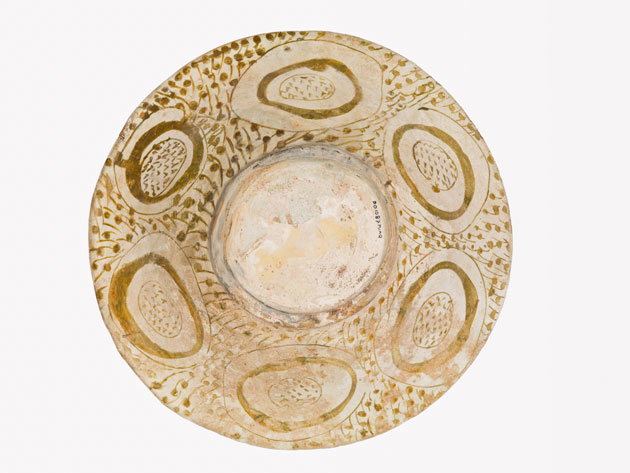
The museum experience, however, is not limited to the time spent admiring objects of extraordinary craftsmanship, incredibly elegant in their decorative synthesis. Instead, the shift toward a different cultural perspective soon becomes a subtle but significant invitation that involves design as a potential interlocutor. In the Islamic vision is there a line of demarcation between minor and major arts? Is function accepted as a legitimate prerogative of a piece of art? How can horror vacui and hyper decorativism coexist with a dry, sophisticated object?
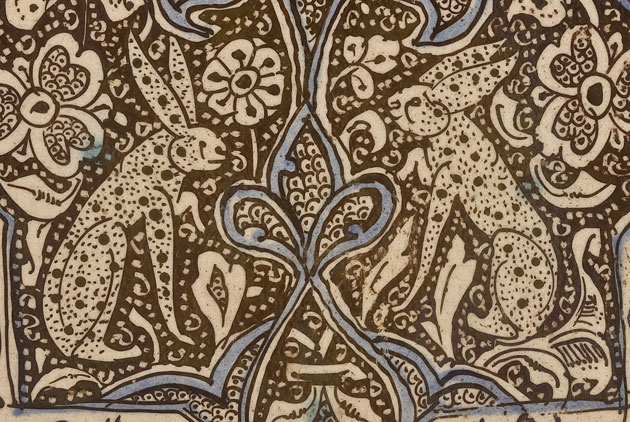
From a Western point of view, thus, MIA’s collection soon becomes a matter of design. Not only it shares the same typological partition of similar institutions – is there a significant difference with, for example, Victoria and Albert Museum apart from the geographical origin of their pieces? –, but the graphic essence of its recurring patterns and types are a clear symptom of a project-oriented attitude. Thus, this legacy could be a significant inspiration for worldwide contemporary design. At a first hint, it could suggest us to re-dimension the primacy of “less is more”, highlighting on the contrary a historical perspective that has always given space, not only in the Middle East and bordering countries, to “the better and the more” as a compelling approach.
